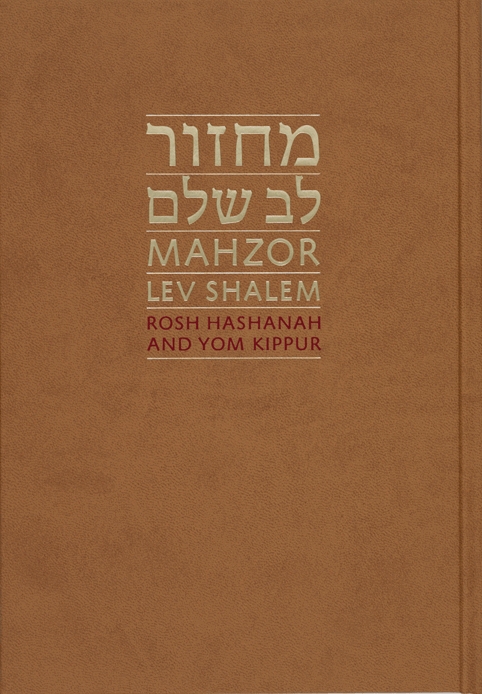Prompting a prayer book revival
Updated text receives a warm welcome
For the first time in 40 years the High Holy Days prayer book used by Conservative Jewish temples was updated and the feedback was overwhelmingly positive based on congregant reports.
What is called the Mahzor Lev Shalem and its revised edition produced by a committee of working rabbis and cantors has included language updates and what Hewlett-East Rockaway Jewish Centre Rabbi Andrew Warmflash called “a wealth of commentaries on every page.”
Language was the primary reason the prayer book needed an updating, according to one of the editors Rabbi Edward Feld. He noted that through the past 40 years language has changed and “there was a consciousness about this generation” that required a new translation.
Rabbi Warmflash, who was also involved in the production of the new prayer book, said that what at one time “had great dignity” is now archaic and contemporary Conservative Judaism is more egalitarian now with the inclusion of women cantors and instead of just listing the male patriarchs of the religion, female ones such as Sarah, Rebecca and Leah are noted in the prayers.
“What emerged was a prayer book that reflected practice,” said Rabbi Feld, who noted that at one point during the compiling of the book the committee polled colleagues about what works well and doesn’t during their services. This updated text gives rabbis a greater amount of options when putting together a service, Feld said.
And what seems to have worked well is the written commentaries that have given High Holy Day congregants, a majority of whom don’t attend synagogue regularly, a greater understanding of what Rosh Hashana and Yom Kippur mean.
“The prayer books were incredible for our membership,” said Dan Gerstman, president of the East Rockaway-based temple. “The book is well developed. The way the book is laid out makes it great for beginners.” Gerstman also said that many congregants said to him that the services, which are nearly four hours long, appeared to fly by. “People want to buy them for their homes,” said Gertsman, who added that the updated text allows the reader to “connect in a modern way to an ancient text.”
Feld attributes that to the concept of revising the prayer books. “The prayer book, from the very beginning, was to empower the people in the pews,” he said.
In addition, to including updated gender references and modern commentaries, the prayer book also features a prayer to address a difficult relationship with a parent and reference to “partner” not just husband and wife.
For the Jewish Centre many of the new prayer nooks were a gift from a congregant in memory of her mother.
Feld said he received many complimentary emails about the book, including one from a man who wrote, ”Until now I thought of the Mahzor as my grandfather’s and now I know it’s mine.”






